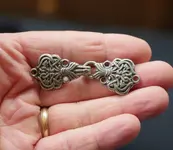Lost Signal
Hero Member
- Joined
- Mar 5, 2019
- Messages
- 654
- Reaction score
- 2,303
- Golden Thread
- 1
- Location
- Lowcountry SC
- 🥇 Banner finds
- 1
- Detector(s) used
- Equinox 600, Garrett 400
- Primary Interest:
- Metal Detecting
I'm in a coin drought, but I got out between showers yesterday and found a few nice relics. Two I'm particularly interested in getting some feedback on. Searching the internet, I can't find anything closely resembling the openwork pendant. The site goes back to the early 1700's and probably not much beyond that century. I'm also curious about the object that I'm calling a broken bayonet. If it is one, it's my first. Thoughts?
Thanks for looking.
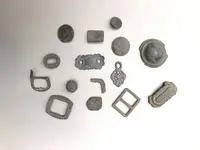
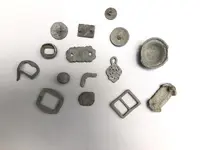
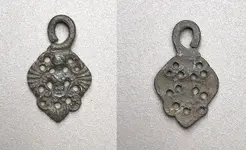
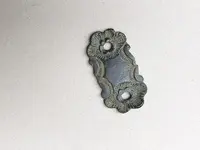
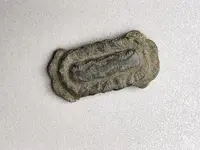
These two strap guide pieces do not fit together. Thought for sure that they would.
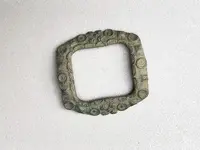
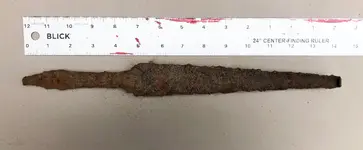
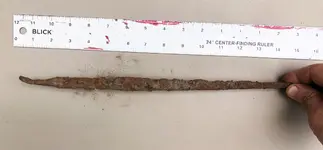
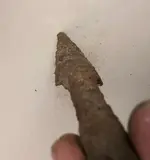
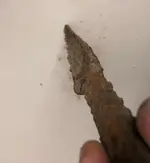
Thanks for looking.





These two strap guide pieces do not fit together. Thought for sure that they would.





Upvote
20



